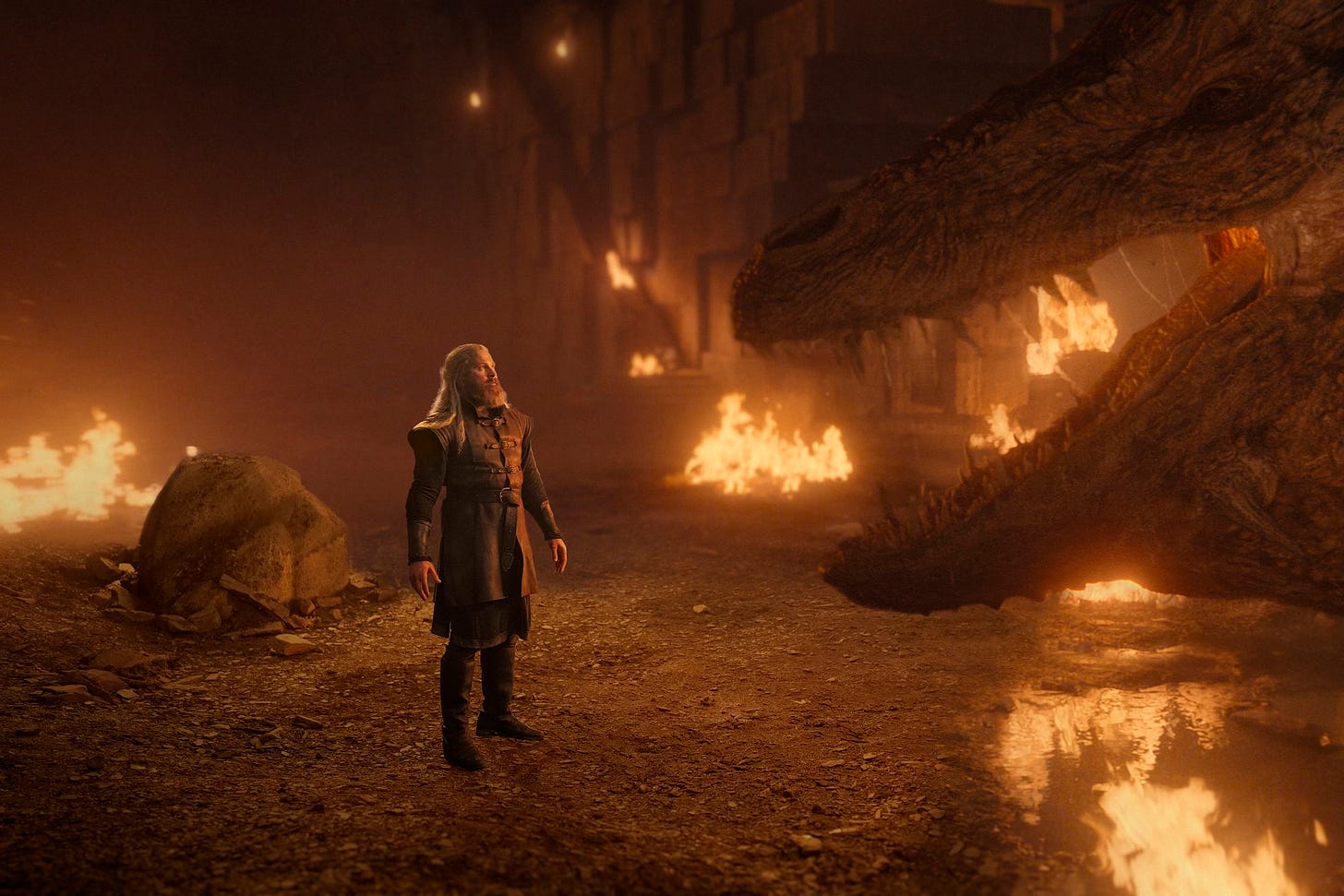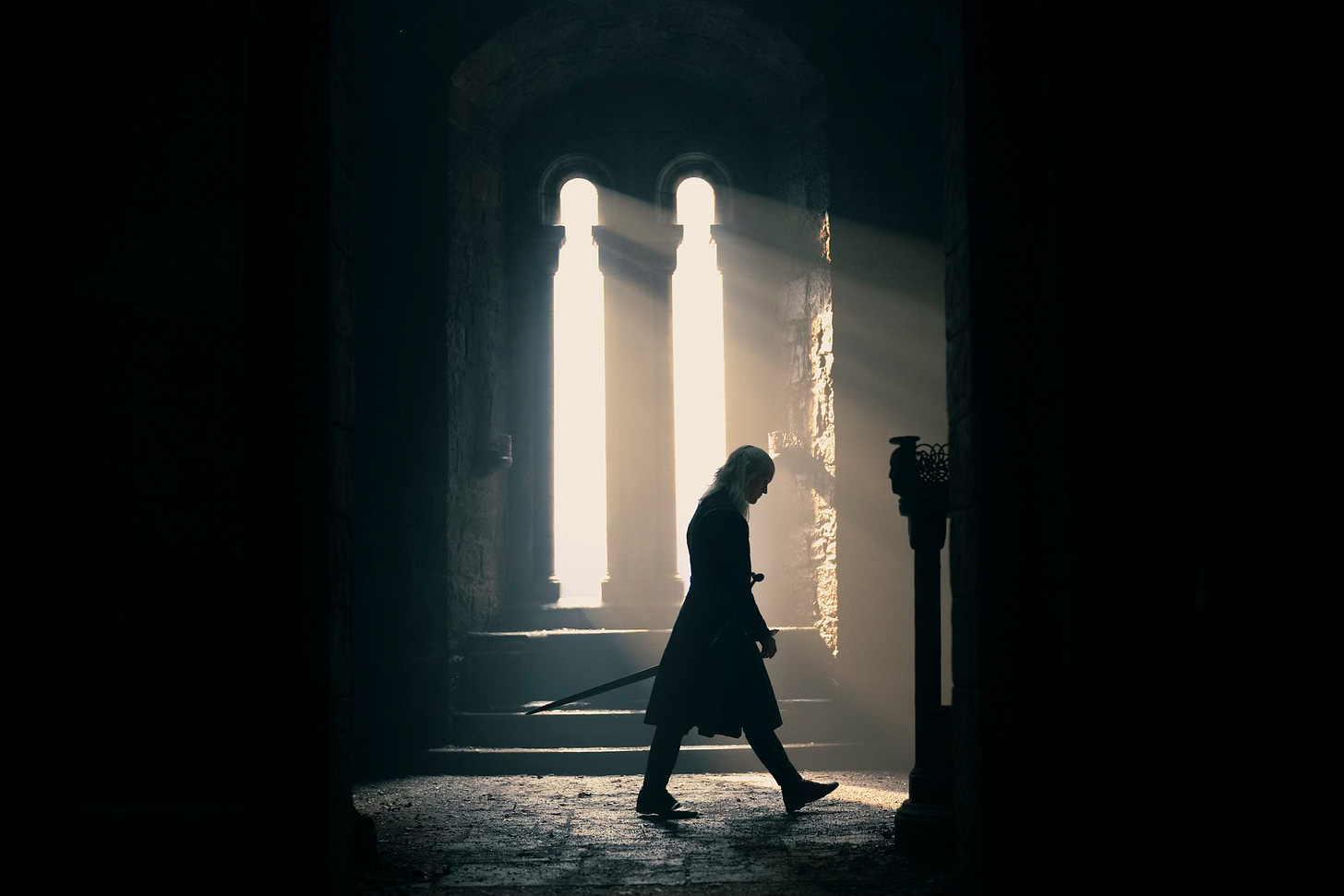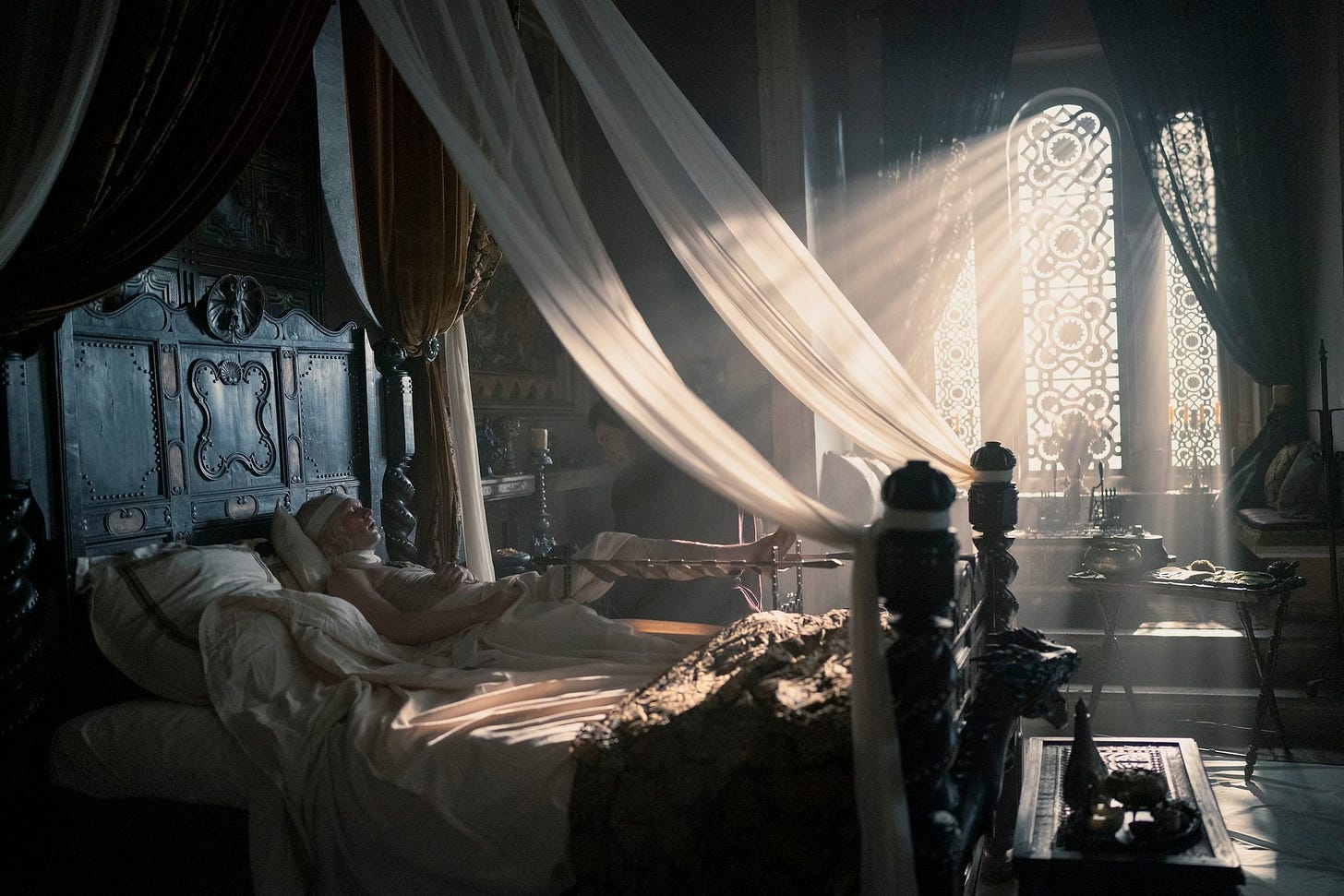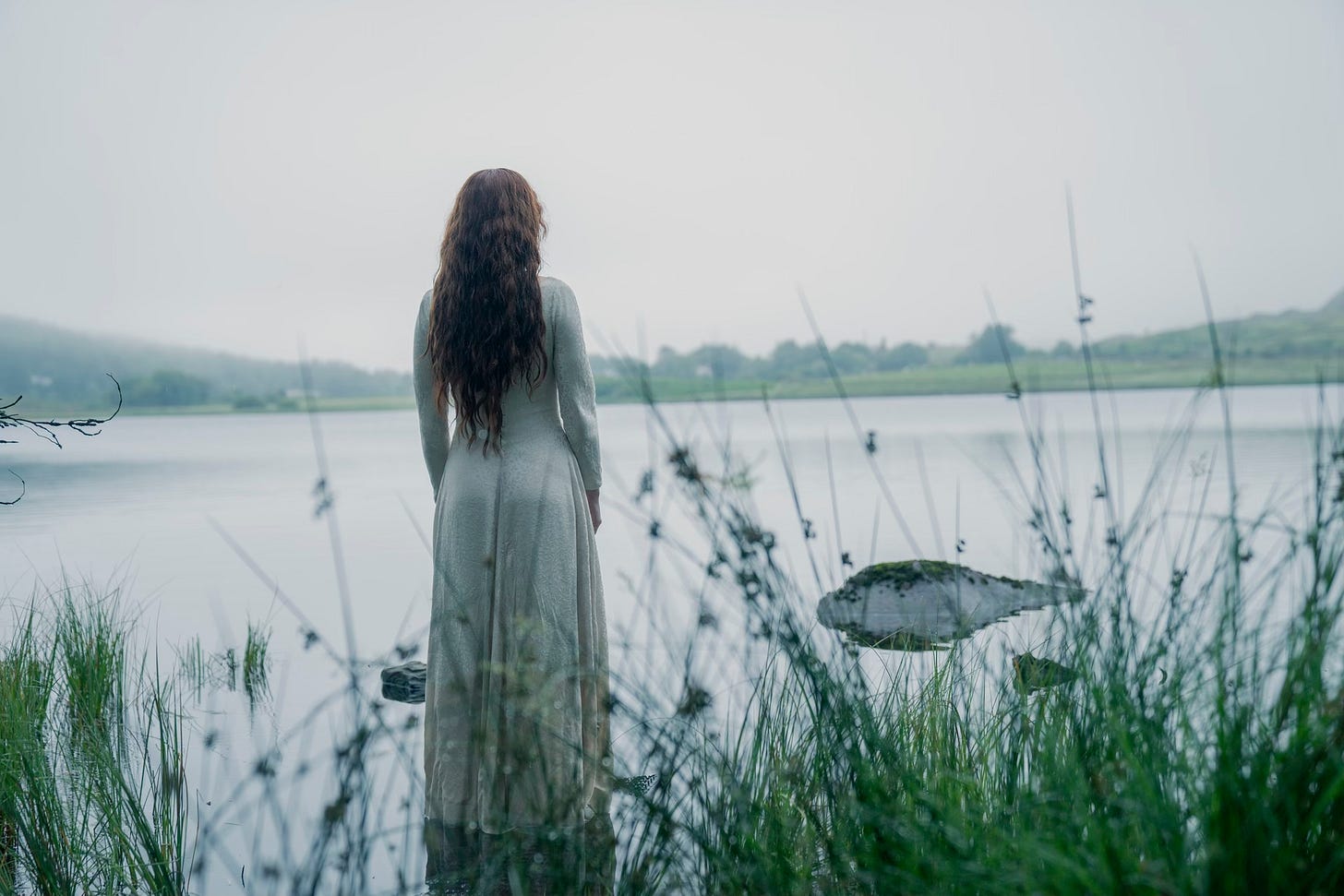DP Vanja Černjul On Using Fire To Light ‘House Of The Dragon’
The cinematographer describes the rewarding process of working on a massive scale
House of the Dragon is a hugely popular fantasy series created by George R. R. Martin and Ryan Condal. It is a prequel to Game Of Thrones based on parts of Martin’s 2018 book ‘Fire & Blood’, which takes place 100 years before the original series. The second season debuted last summer to acclaim and big viewership. Cinematographer Vanja Černjul was brought on to lens episodes 6 and 7. Primarily known for his work on sitcoms like 30 Rock and drama series like Orange Is the New Black, Černjul recently spoke to Immersive via Zoom regarding his initiation into this massive universe.
What was your in-point to this particular project?
A friend from film school, Andrij Parekh, and I were at NYU together in the nineties. We stayed in touch for years, although we had never worked together. He was a respected DP for years, then started directing. He directed several episodes of Succession, then quickly became a successful director, and when he got the offer to direct an episode of House Of The Dragon, he asked me if I would do it with him. Of course, I wanted to work with him. I thought it was an excellent opportunity to work in a genre I hadn’t done before. I went back and watched all six seasons of Game of Thrones, and I was blown away by how cinematic it was. This is an ambitious, huge universe, so I felt like I had to learn as much as quickly as possible.
Talk a little bit about your approach to shooting the dragon scenes.
The ambition was to make the dragon riding sequences as realistic as possible. The visual effects department put a lot of effort into it. They did a lot of tests to make the transition between the animated backgrounds, the camera’s movement, and the dragon’s movement real and seamless. I was a part of the initial testing, but it was a collective effort of every department.
From our perspective, it was mostly about simulating the handheld movement as if the operator was riding on the dragon with a rider or it was shot like a dragon to dragon as you would shoot horses, horse to horse. So that was that was a challenge. We simulated the handheld feel by putting a remote Libra Head on the back of the rig.
The operator was on the ground carrying a handheld device while watching a monitor to operate from. The Libra was following operator’s handheld move. Finding the right lens that allowed us to feel the world around the character while maintaining objectivity was a bit of a learning curve. So, we settled on a 32-millimeter anamorphic lens, which felt right.
Which brand, which make?
Our main set was Arri anamorphic Alfa lenses. We had some master anamorphic Primes with us just in case we needed a cleaner image. The Alfa’s are beautiful and have a very strong character, but are sometimes temperamental.
What kind of camera did you use?
We used the Alexa 35. It’s a really incredible camera. P.J. Dillon who shot the first episode of season two laid the groundwork for the whole season tested several cameras, and he was attracted by Alexa 35 because of the way it holds highlights. This was particularly useful to us because we often worked with fire as a main lighting source on the show. The Alexa 35 captures highlights so well that we could use fire sources as main lighting and practical sources in some scenes.
Did you use fire as lighting? That’s interesting. I have always loved it when cinematographers can bring in natural light. I love the interior scenes inside the castle, where you see the beams of light coming in, and then it has a nice richness to it.
For the lighting in season two, the approach was to always be as naturalistic as possible, so light was always motivated from the source. We had very few lighting instruments on the set. The light was almost always coming either through the windows or whatever would be a natural, practical source.
There are some swimming scenes. It’s always fun to deal with water. Can you talk a little bit about your approach to shooting water?
There’s a scene of Queen Alicient and her journey at the lake. The character’s cathartic moment occurs when she’s in the water. We originally wanted to shoot it all practically at this beautiful location in North Wales, but due to time and safety, that didn’t happen. We completed the location photography; it was a beautifully foggy, cloudy, wet day. We knew we could match parts of the scene with Olivia Cooke in the studio, so we built a 20′ by 20′ pool and shot the end of the scene in conditions that were comfortable and safe for her.
Any favorite scenes? Is there anything that stands out in your mind?
One of my favorite scenes was the Dragonstone scene in which the character Hard Hugh (Kieran Bew), claims the dragon Vermithor. Director Loni Peristere envisioned a part of that scene as a spectacular one, and we built everything around that central shot. We wanted to keep a subjective handheld feel, running through this hellscape, following Kieran, while the dragon keeps burning dozens of people around him. Almost like a war correspondent following a developing story.
Looking back at the work you’ve done two episodes in this massive series, what’s it like now?
I’m back in season three right now. It was a fantastic process I hadn’t done in that way before. There were many visual effects, and we all wanted to help make the VFX look the best it could. We were given proper time in prep to go through the process of previsualization and were able to commit to the way we wanted to shoot each scene, which is not typically something I had the luxury of doing before. We had amazing support from the visual effects department and the whole crew, so we knew exactly how we wanted to shoot it; down to the choice of lenses and the distances from the actors, everything was mapped out. It was the first time I did such a precise pre-production, and I enjoyed it because I was there from the beginning with the director, and I enjoyed that part of the process. I’m lucky to do it again.
House of the Dragon is streaming on MAX.







